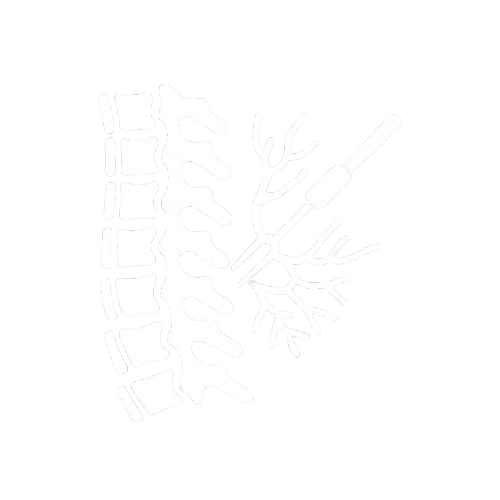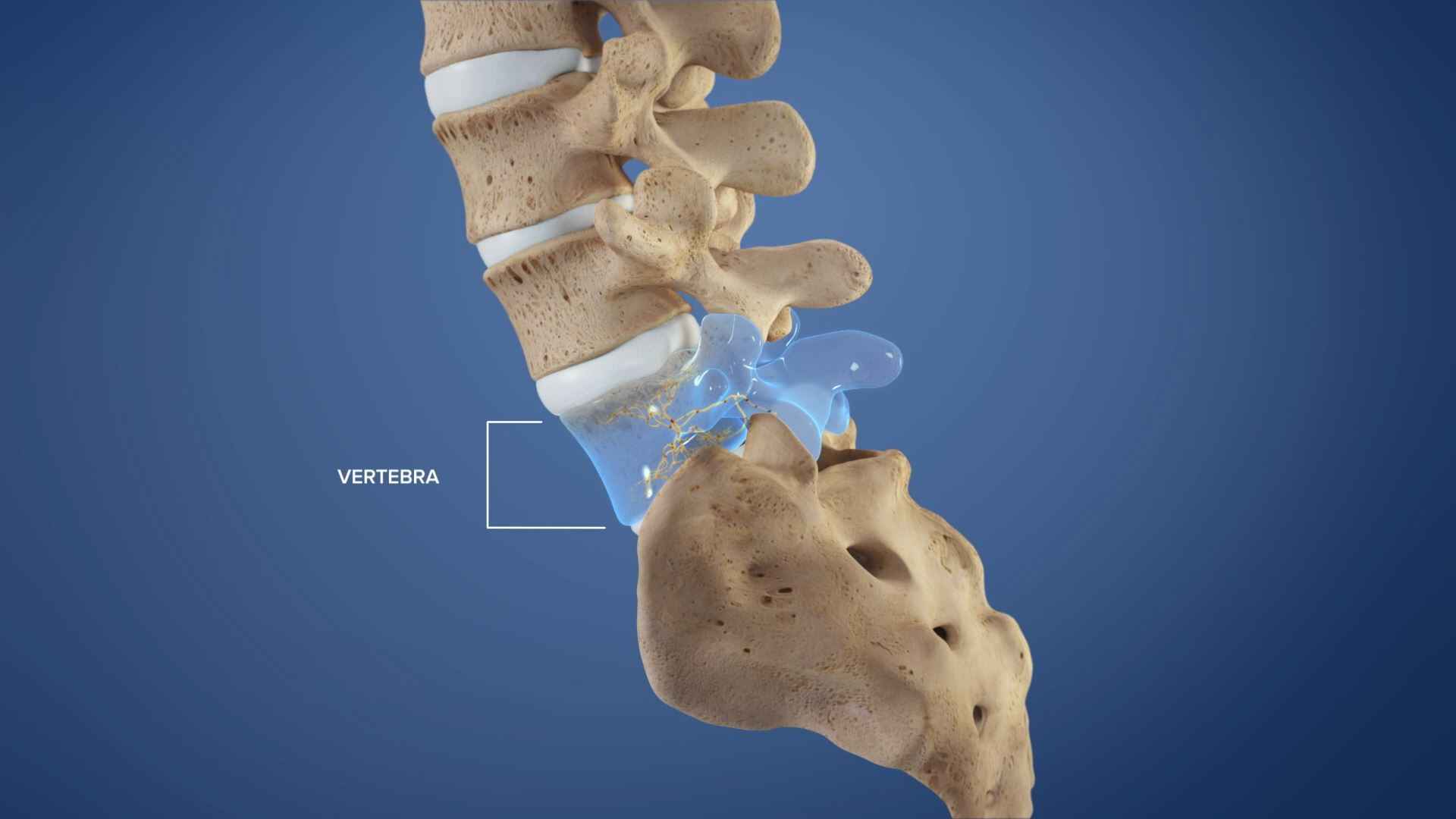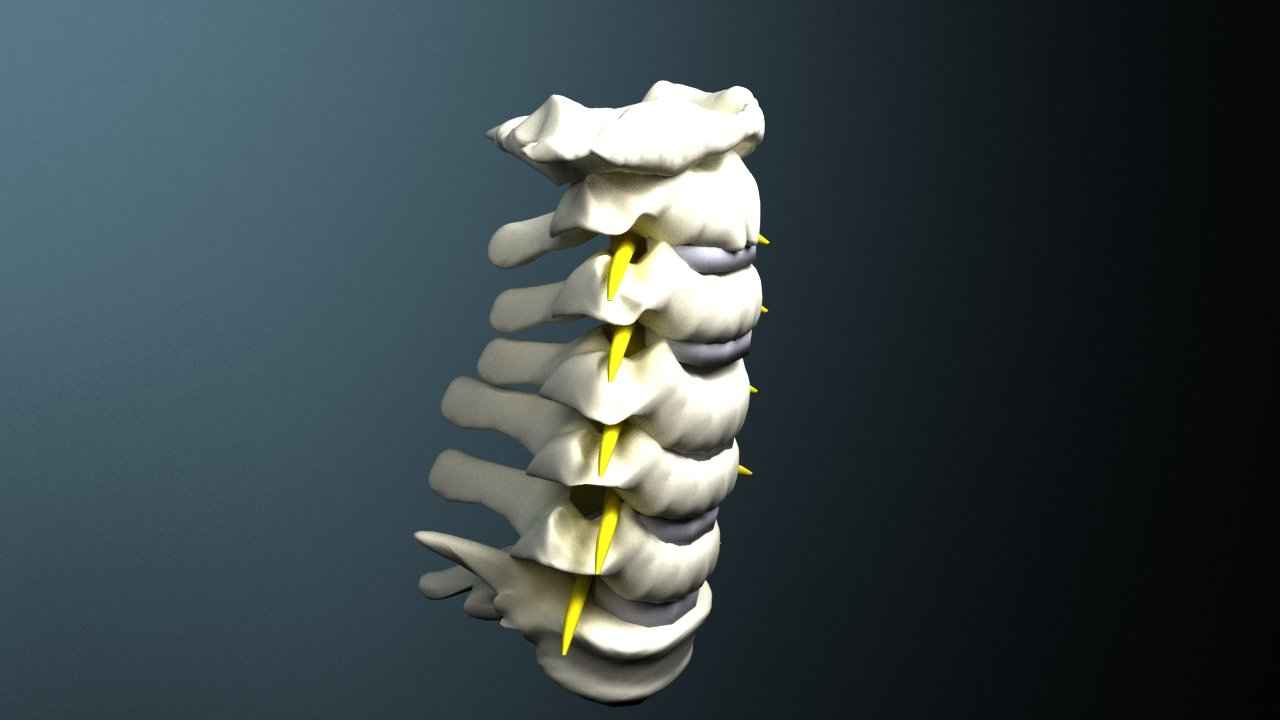Overview
BVNA involves the use of a specialized catheter inserted through a small incision in the skin to deliver heat via radiofrequency energy to the basivertebral nerve. This ablation creates a thermal lesion that interrupts the nerve’s ability to transmit pain signals. The procedure is often guided by imaging techniques such as fluoroscopy to ensure precise targeting.







